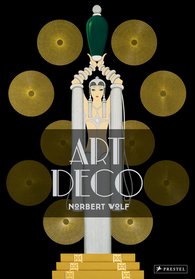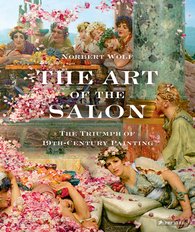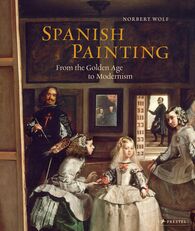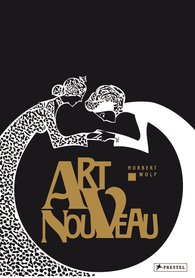
This beautifully illustrated, compact edition, presents an overview of Dutch and Flemish art during the seventeenth century, illuminating the creative achievements of one of the most important eras in western art.
The Golden Age in Holland and Flanders roughly spanned the 17th century and was a period of enormous advances in the fields of commerce, science—and art. Still lifes, landscape paintings, and romantic depictions of everyday life became valued by the increasingly wealthy merchant classes in the Dutch provinces, while religious and historic paintings as well as portraits continued to appeal to the Flemish patronage. The Golden Age brought us Rembrandt, Vermeer, Rubens, and Van Dyck, but it was also the period of Frans Hals and Jan Brueghel. Norbert Wolf applies his vast understanding of the interplay between history, culture, and art to explore the forces that led to the Golden Age in Holland and Flanders. Accompanied by luminous color illustrations, Wolf’s accessible text considers the complex political, religious, social, and economic situation that led to newfound prosperity and, thus, to an enormous artistic output that we continue to marvel at and enjoy today.
Biography
Norbert Wolf
Norbert Wolf is an art historian and author based in Munich. He has published several books with Prestel, including "Art Nouveau", "Art Deco", "Impressionism", "Spanish Painting", and "The Golden Age of Dutch and Flemish Painting", as well as monographs on Albrecht Dürer and Titian.





